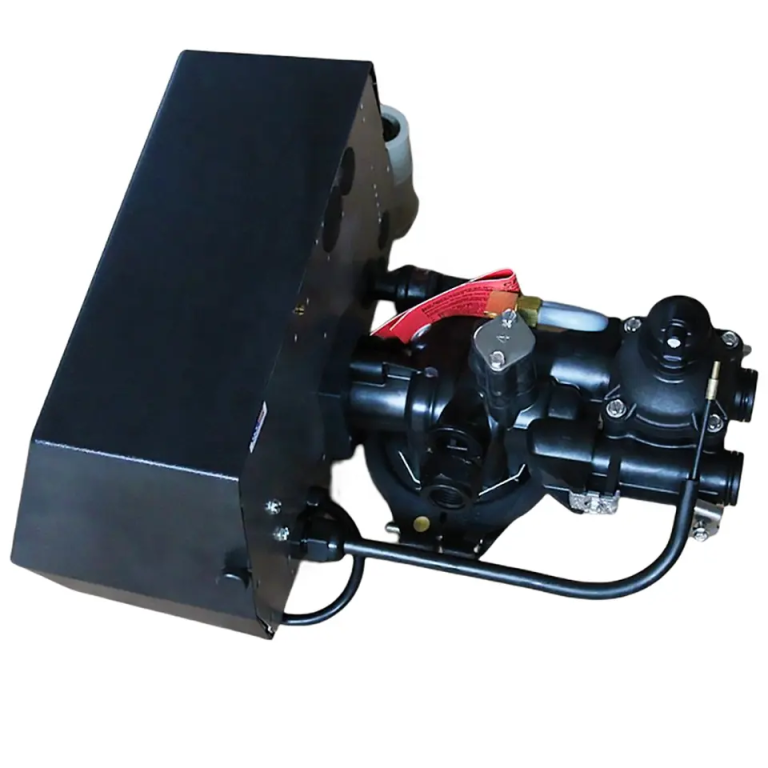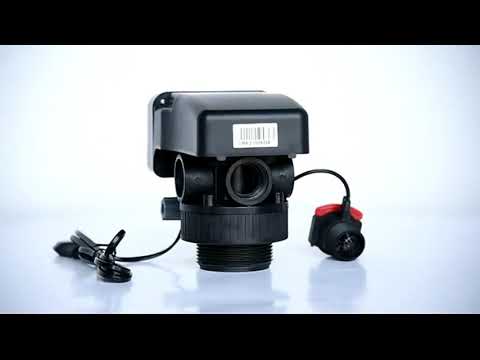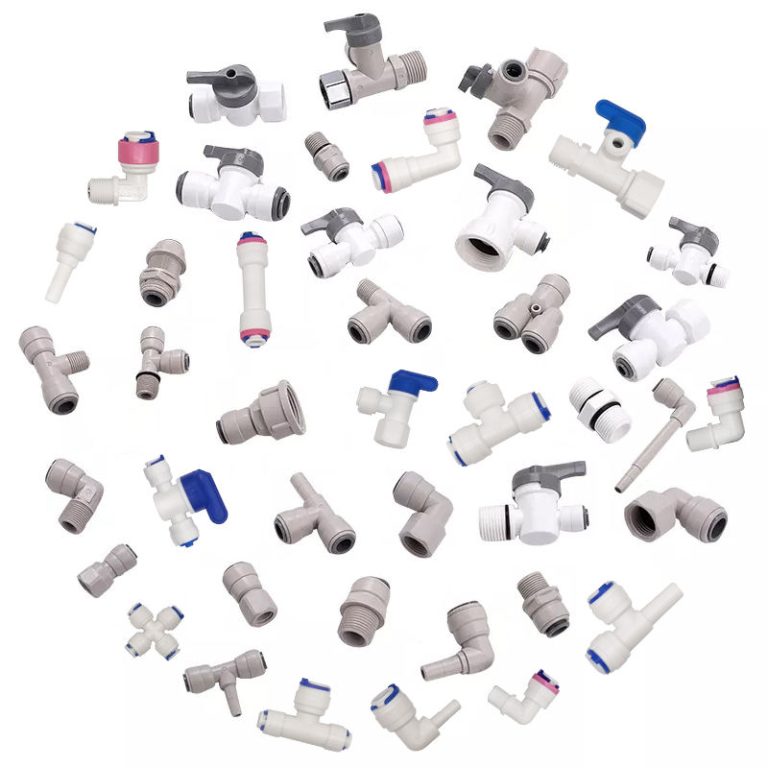“Pure water, free from fluoride.”
The Effectiveness of Water Filters in Removing Fluoride
Fluoride is a naturally occurring mineral that is often added to drinking water to help prevent tooth decay. While fluoride has been shown to have dental benefits, some people may be concerned about the potential health risks associated with consuming too much fluoride. As a result, many individuals are turning to water filters as a way to remove fluoride from their drinking water.
There are several different types of water filters on the market, each with varying degrees of effectiveness in removing fluoride. One of the most common types of water filters used for this purpose is activated alumina filters. These filters work by attracting and binding fluoride ions as water passes through the filter. While activated alumina filters can be effective at removing fluoride, they may not be able to remove all of the fluoride present in the water.

Another type of water filter that is often used to remove fluoride is reverse osmosis filters. Reverse osmosis filters work by forcing water through a semi-permeable membrane, which can effectively remove a wide range of contaminants, including fluoride. Reverse osmosis filters are generally considered to be one of the most effective methods for removing fluoride from drinking water.
| Model | Category | Water Capacity m3/h | LCD | LED | ICON | DIODE |
| AF2 | automatic filter valve | 2 | O | O | O | O |
It is important to note that not all water filters are capable of removing fluoride. For example, carbon filters, which are commonly used in pitcher-style water filters, are not effective at removing fluoride. In fact, some studies have shown that carbon filters may actually increase the fluoride content of water.
When considering whether a water filter will be effective at removing fluoride, it is important to consider the specific type of filter being used. It is also important to consider the concentration of fluoride in the water supply. In areas where fluoride levels are particularly high, it may be necessary to use a more advanced water filter, such as a reverse osmosis filter, to effectively remove fluoride.
In addition to using water filters, there are other steps that can be taken to reduce fluoride exposure. For example, individuals can choose to drink bottled water that has been specifically labeled as fluoride-free. It is also possible to reduce fluoride exposure by avoiding certain foods and beverages that may contain high levels of fluoride, such as tea and certain types of seafood.
In conclusion, water filters can be an effective tool for removing fluoride from drinking water. However, not all water filters are capable of removing fluoride, so it is important to choose a filter that is specifically designed for this purpose. In areas where fluoride levels are particularly high, it may be necessary to use a more advanced water filter, such as a reverse osmosis filter, to effectively remove fluoride. By taking steps to reduce fluoride exposure, individuals can help protect their health and well-being.






